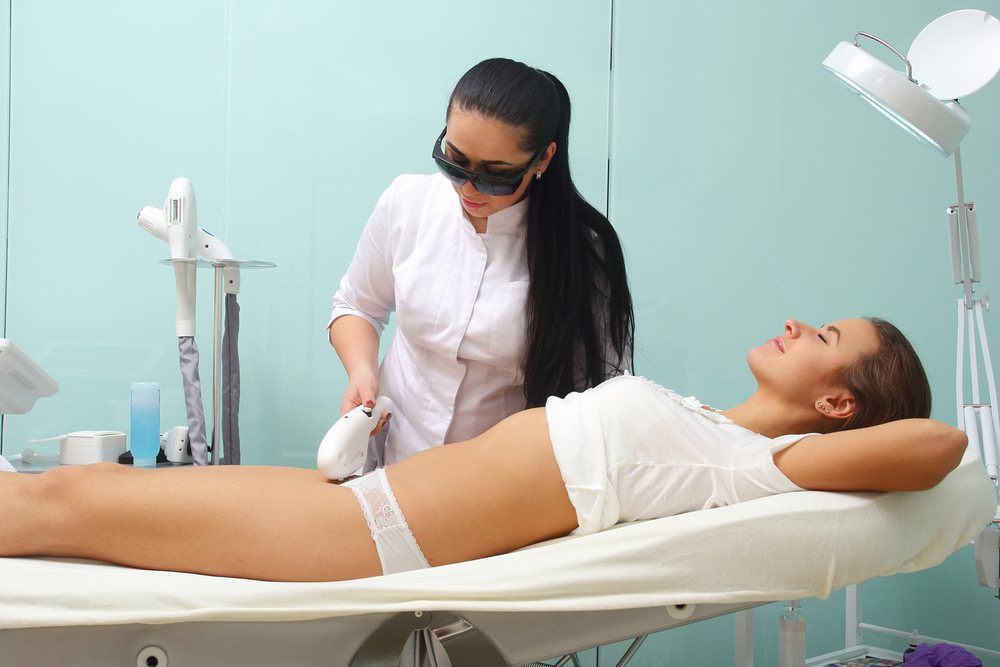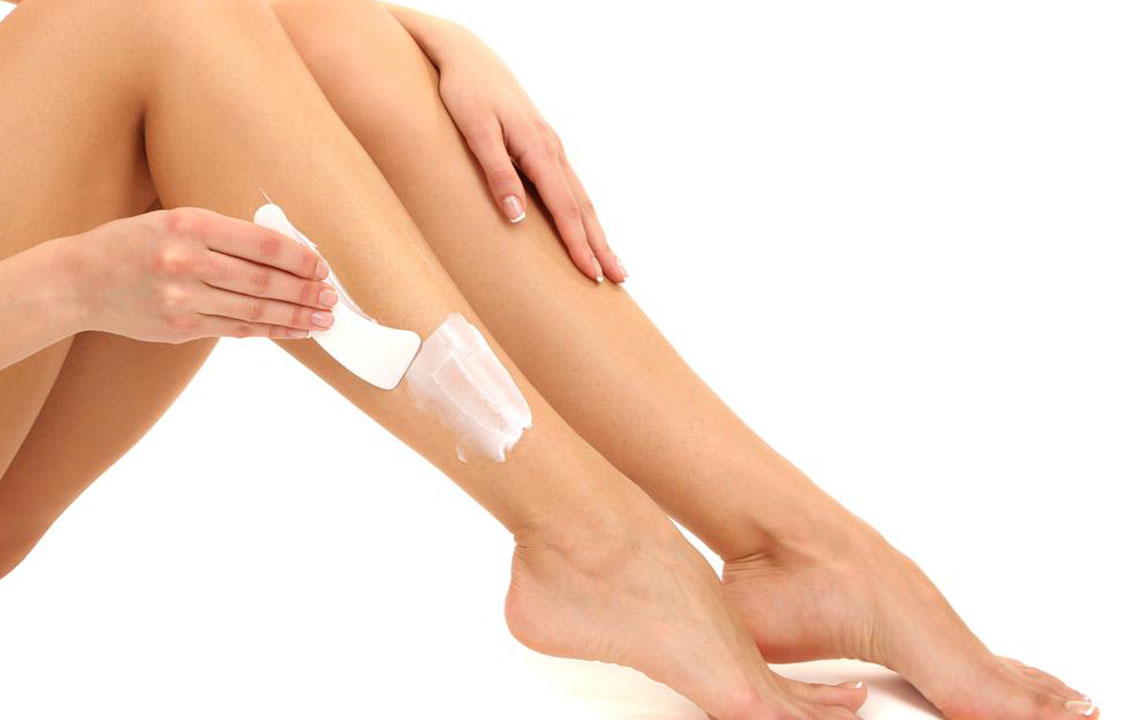Comprehensive Guide to Bikini Line Hair Removal: FAQs and Best Practices
This comprehensive guide explores common inquiries about bikini line hair removal, detailing methods like waxing, shaving, laser treatments, and epilators. It offers expert tips for safe practices, prevents skin irritation, and suggests effective routines for long-lasting smoothness. Whether you're new to bikini grooming or seeking long-term solutions, this article provides valuable insights to help you make informed decisions tailored to your skin type and personal preferences, ensuring safe and confident hair removal every time.

Essential Information and Common Questions About Removing Hair from the Bikini Area
Maintaining groomed and smooth skin around the bikini area is a key component of personal hygiene and aesthetic appeal, especially during summer months or before beach outings. Many individuals invest considerable time and effort into hair removal routines, choosing methods like shaving, waxing, epilating, or even laser treatments. For women in particular, keeping the bikini line hair-free boosts confidence and complements swimwear choices. However, since the bikini zone is sensitive, understanding the safest and most effective hair removal options is crucial to prevent irritation, ingrown hairs, or injuries.
Removing hair from the bikini area involves techniques that each come with benefits, limitations, and risks. Proper knowledge and careful execution can make the process safe and effective, ensuring you achieve your desired look without discomfort. Whether you prefer temporary methods like shaving and waxing or opt for long-term solutions like laser hair removal, understanding your options can help you make informed decisions suited to your skin type, hair growth, and lifestyle.
Explore the various bikini hair removal options available today to find what works best for you and your skin's health.
How long does hair typically take to grow back after a bikini wax?
While shaving provides quick and instant results, the hair regrowth is rapid, often within a day or two. Waxing, on the other hand, pulls hair out from the root, resulting in smoother skin that lasts longer—typically between two to six weeks depending on individual hair growth cycles.
Most women notice minimal hair regrowth during the first few weeks following waxing. Over time, with repeated waxing sessions, hair tends to become finer and sparser, enhancing the long-term effectiveness.
Initially, especially within the first two weeks post-waxing, hair regrowth is quite minimal as the hair follicle remains in a dormant phase. However, after this period, hair might start appearing more noticeably as the follicles recover.
Should I exfoliate my bikini area after waxing?
Many experts recommend gentle exfoliation after waxing to prevent ingrown hairs and skin irritation. Exfoliation helps remove dead skin cells and clears clogged pores that may trap hair follicles, reducing the likelihood of ingrown hairs.
It is advisable to wait at least 24 to 48 hours after waxing before exfoliating, as the skin needs time to recover from the irritation caused by hair removal.
Regular exfoliation—about 2 to 3 times a week—can promote smoother skin, prevent bumps, and maintain a healthy appearance of your bikini area.
Is laser hair removal a safe and effective option for the bikini line?
Laser hair removal offers a more permanent solution compared to temporary methods like shaving or waxing. It works by targeting hair follicles with concentrated light, significantly reducing hair growth over multiple sessions.
Most women find laser treatments to be safe when performed by qualified professionals. However, it is essential to follow pre-treatment instructions and ensure the procedure is done in a reputable clinic.
For optimal results, patients typically need to prepare at least six weeks in advance, avoiding other hair removal methods like plucking or waxing before treatment. Laser sessions are usually spread out over several months, and while they do not necessarily eliminate hair completely, they greatly diminish regrowth and the need for frequent maintenance.
What are the best epilators for bikini hair removal?
Epilators are devices that remove hair by plucking them from the root, offering longer-lasting smoothness than shaving. They are especially popular among those seeking an efficient at-home solution for bikini maintenance.
When choosing an epilator, look for models that are designed with gentle attachments and are suitable for sensitive skin. Many reliable brands exist, including Emoji Soft Caress, Philips Satinelle, Panasonic ES-ED90, Braun Silk Epil 3, and Remington EP7030.
Using an epilator regularly can reduce hair density over time, resulting in finer and sparser hair growth with each session, making subsequent grooming easier and less painful.
Additional Tips for Safe and Effective Bikini Hair Removal
In conclusion, understanding the intricacies of bikini line hair removal is vital to maintaining safe, healthy, and attractive skin. Proper technique, suitable products, and timing can significantly impact results and comfort. Whether your choice is shaving, waxing, laser treatment, or epilating, always prioritize skin health, follow expert advice, and consider seeking professional assistance for procedures like laser hair removal. Preparing your skin, using soothing products post-treatment, and avoiding harsh chemicals during recovery can make your grooming routine more comfortable and effective.
Remember, consistency and patience are key—especially with methods like waxing and laser treatments, where visible long-term effects depend on regular sessions and proper care. Investing in quality tools and being gentle with your skin can help you achieve a smooth, worry-free bikini area all year round.





